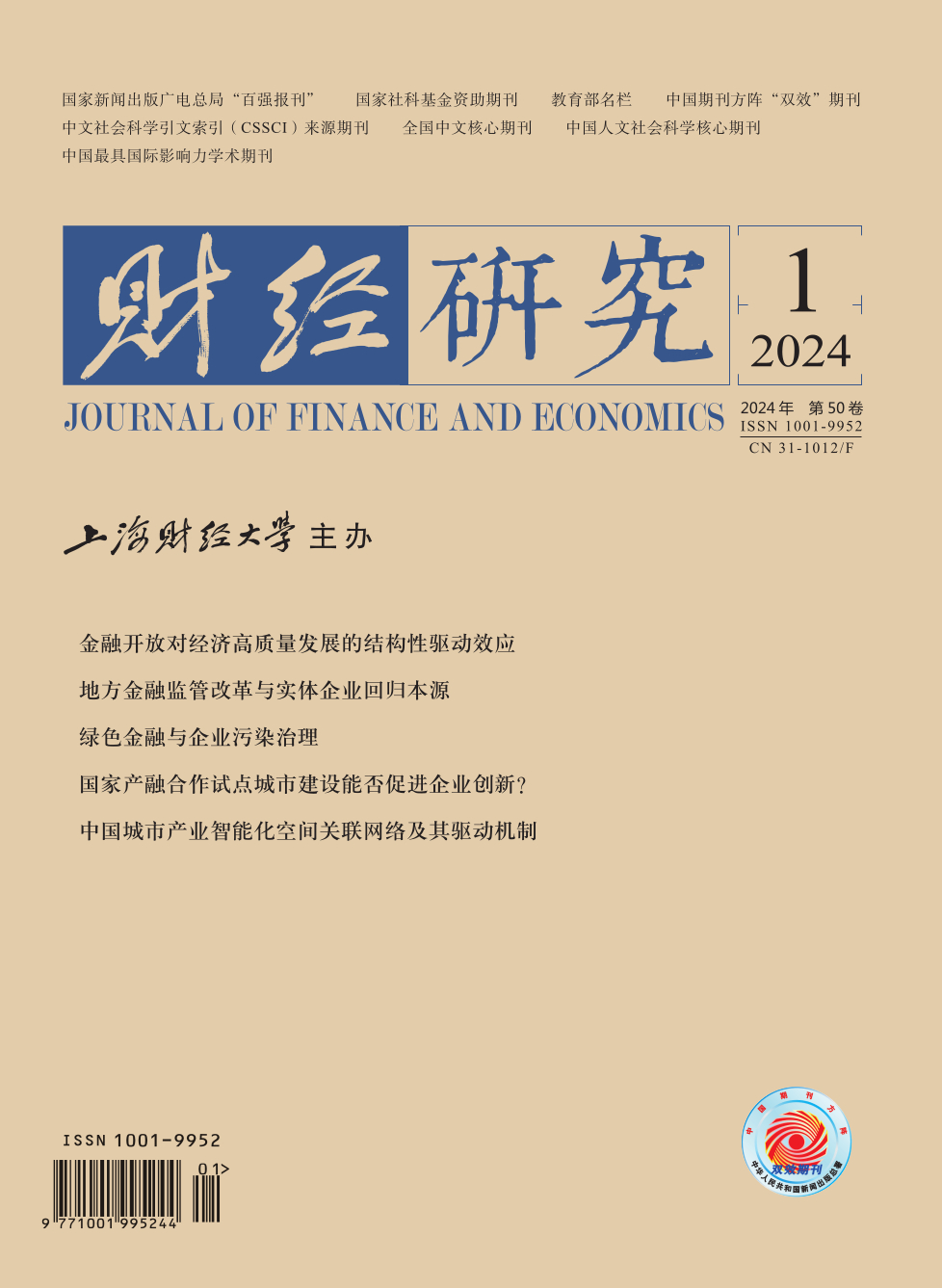The digital transformation of financial institutions has accelerated in recent years. Whether rural finance, as a weakly developed segment in China’s financial system, can seize the major opportunity of digital financial transformation to achieve transformation and upgrading, so as to better serve agriculture, the countryside, and farmers, has attracted attention from all parties.
This paper constructs a digital transformation index for rural financial institutions by web crawlers and explores the impact of digital transformation on the quality and efficiency of rural financial services using data from 1700 rural financial institutions. It is found that digital transformation significantly promotes the agriculture-related loans of rural financial institutions, expands the credit coverage, and optimizes the proportion of credit and medium and long-term loans, thus improving the quality and efficiency of rural financial services. Heterogeneity analysis shows that the more backward the network infrastructure and the lower the level of human capital in the areas where rural financial institutions are located, the smaller the role of digital transformation in improving the quality and efficiency of rural financial services.
This paper has the following contributions: First, it explores the role of the digital transformation of financial institutions on the distribution of credit funds between the two sectors in the equilibrium state, providing a theoretical basis for the digital transformation of financial institutions to improve the credit situation of the agricultural sector. Second, it explores the impact of digital transformation on the credit structure of rural financial institutions and empirically examines the role of digital transformation on the credit risk of rural financial institutions and the cost of loan services. Third, it shows that promoting the digital transformation of rural financial institutions helps to improve financial services in rural areas, and has policy implications for guiding rural financial institutions to return to their roots and enhancing financial inclusion in rural areas.
The policy implications of this paper are as follows: First, the digital transformation of rural financial institutions should be actively promoted, so as to change the high cost and low efficiency of the traditional rural financial system and deepen the supply-side reform of rural finance. Second, the construction of digital infrastructure in rural areas should be strengthened, so as to promote the deep integration of broadband networks and mobile Internet into the life of farmers. Third, top-level designs should be strengthened and the data barriers between various departments and organizations within agriculture and rural areas should be broken down, so as to effectively integrate data on rural land ownership, land transfer, agricultural subsidies, taxation, insurance, and rural construction projects, and enhance the opening up and sharing of data while safeguarding privacy and security.





 2880
2880  3322
3322

